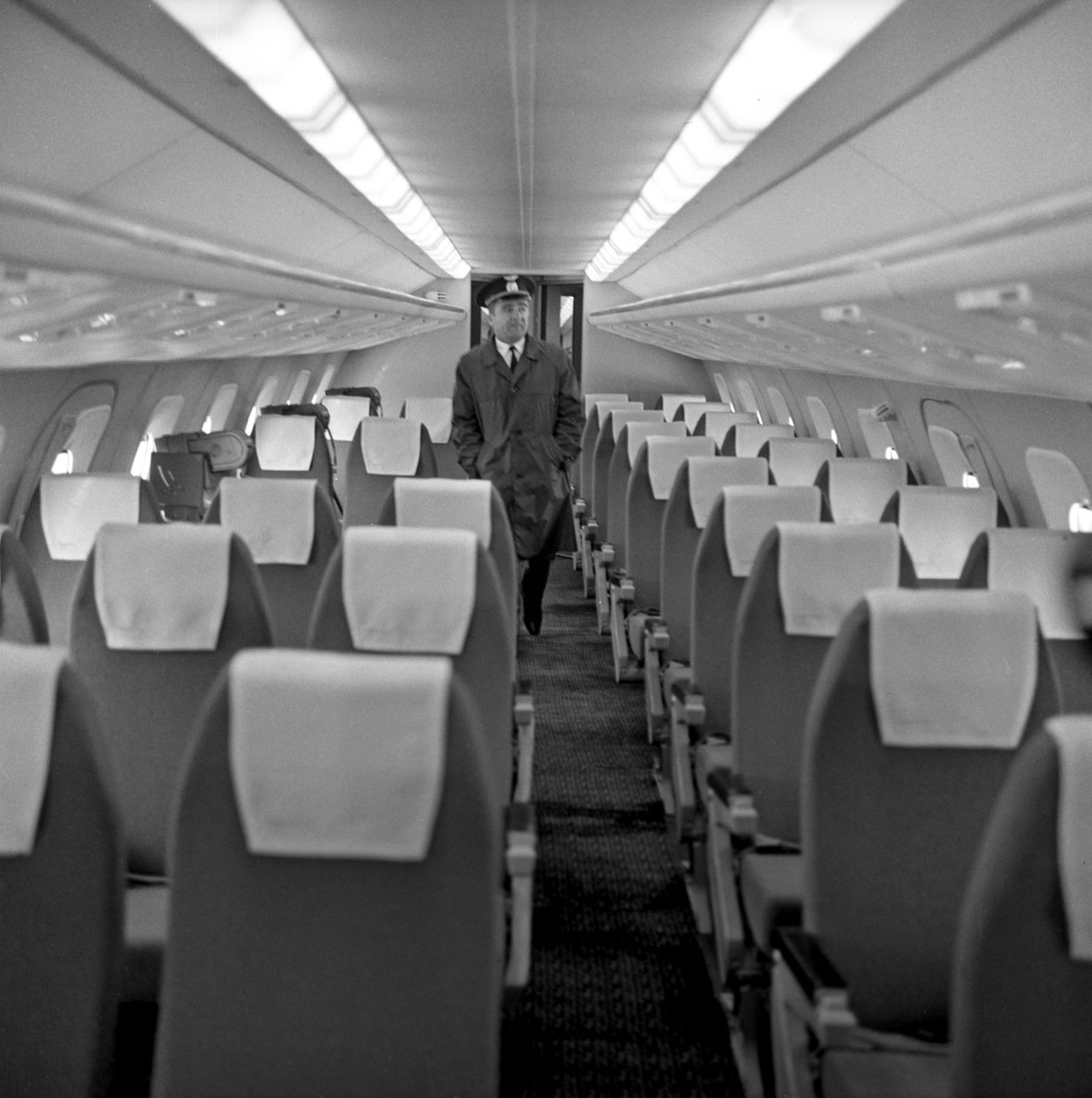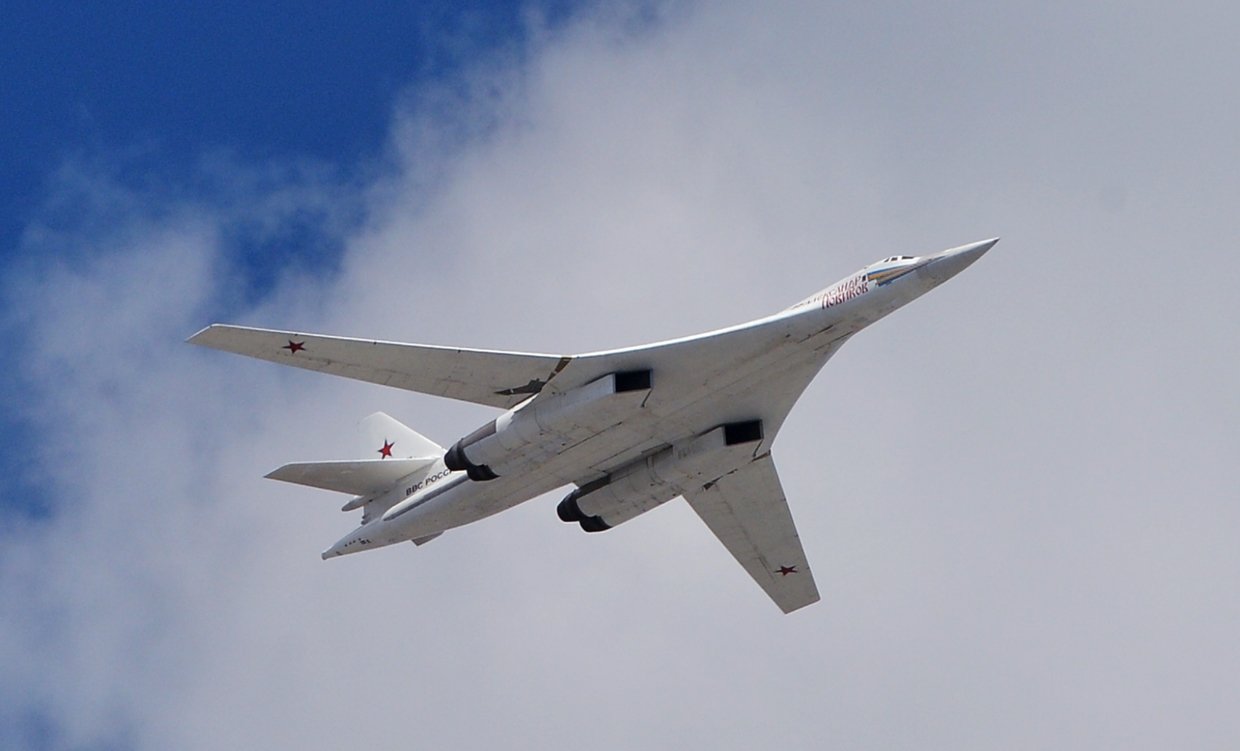From Blackjack bomber to 'Soviet Concorde': Legendary Russian planes left behind by Tupolev's late chief designer

Built to keep up pace with the US and boost the USSR's booming airlines, his planes were a true engineering marvel of the time. We recall the most iconic jets designed by Valentin Bliznyuk, who has died at 91.
Bliznyuk passed away on Monday, the Tupolev design bureau confirmed, offering condolences to his family. "He was an outstanding aircraft designer, a talented organizer, a responsive and attentive leader and friend" who had made "an invaluable contribution to the Russian aircraft industry," their tribute said.
A native of eastern Kazakhstan, Bliznyuk joined the famed design bureau back in the early 1950s, years before the golden age of Soviet aviation. But the Cold War was in full swing, with the military looking out for a strategic bomber able to reach the US coast if an all-out nuclear war broke out.
Tu-95
As a young engineer in his 20s, Bliznyuk was involved in designing and building the legendary Tu-95 turboprop airplane, which would become a backbone of the Soviet and Russian Air Force for decades to come. Known to NATO as 'Bear' – a stereotypical reference to Russia's might – the Tu-95 made her maiden flight in 1952 and entered service four years later.
Throughout its decades-long lifetime, the 'Bear' was repeatedly upgraded to meet the requirements of modern warfare. Its avionics became more sophisticated and the weaponry more powerful; initially built to carry nuclear bombs, the Tu-95 has been retrofitted to fire long-range Kh-101 cruise missiles.
The Russian Air Force is expected to take delivery of its latest variant, the Tu-95MSM, in the coming years. It will reportedly be furnished with advanced electronics and navigation equipment as well as new, more fuel-efficient engines.
Tu-144
Roughly two decades after the 'Bear' was commissioned, the supersonic era has begun. Many in the West believed airliners able to travel at Mach 2 or faster would shape the future of air travel, with Soviet Union following suit.
As France and Britain developed their own jet, the famous Concorde, Tupolev's team – co-headed by Bliznyuk – worked on their own groundbreaking civilian project, which came to be known as the Tu-144.

The Tu-144 manifested the best of Soviet plane-making prowess, but its flying career was unfortunate. As designers struggled to deal with snowballing failures and flaws, higher oil prices during the 1970s started to catch up with the Soviet Union.
Although it happened much later than in the West, fuel efficiency became crucial for Aeroflot, as did the Tu-144’s commercial performance. It was retired from passenger service in 1978 following two crashes, but unlike its Western rival, it didn't result in any fatalities during its 55 regular flights.

Tu-160
Bliznyuk was finally propelled to fame in the late 1970s when he was appointed the chief designer of Tupolev's flagship supersonic project, the Tu-160. It was designed to carry and launch heavy nuclear-capable missiles after breaching NATO air defenses at Mach 2.05.
The Tu-160 is able to spread or sweep her wings, a unique feature allowing it to safely fly at supersonic or subsonic speeds. While NATO calls it the 'Blackjack,' Russian pilots prefer a more romantic name – the 'White Swan,' in reference to its anti-heatwave painting and elegant design.

Being the largest and heaviest supersonic military aircraft ever built, and the fastest bomber now in use, the Tu-160 is ready to step into the future. The Tu-160M upgrade programmer began in the mid-2010s, and the first advanced aircraft was rolled out in 2017.
Aside from building new planes, Russia will seriously modernize its existing planes, with essentially only hulls remaining in place. The military is expected to receive the Tu-160M in 2021, the Defense Ministry said earlier this year.
Also on rt.com Longer range & powerful munitions: First Tu-160 bomber to join force in 2021 after makeover (VIDEO)Like this story? Share it with a friend!
Subscribe to RT newsletter to get stories the mainstream media won’t tell you.














